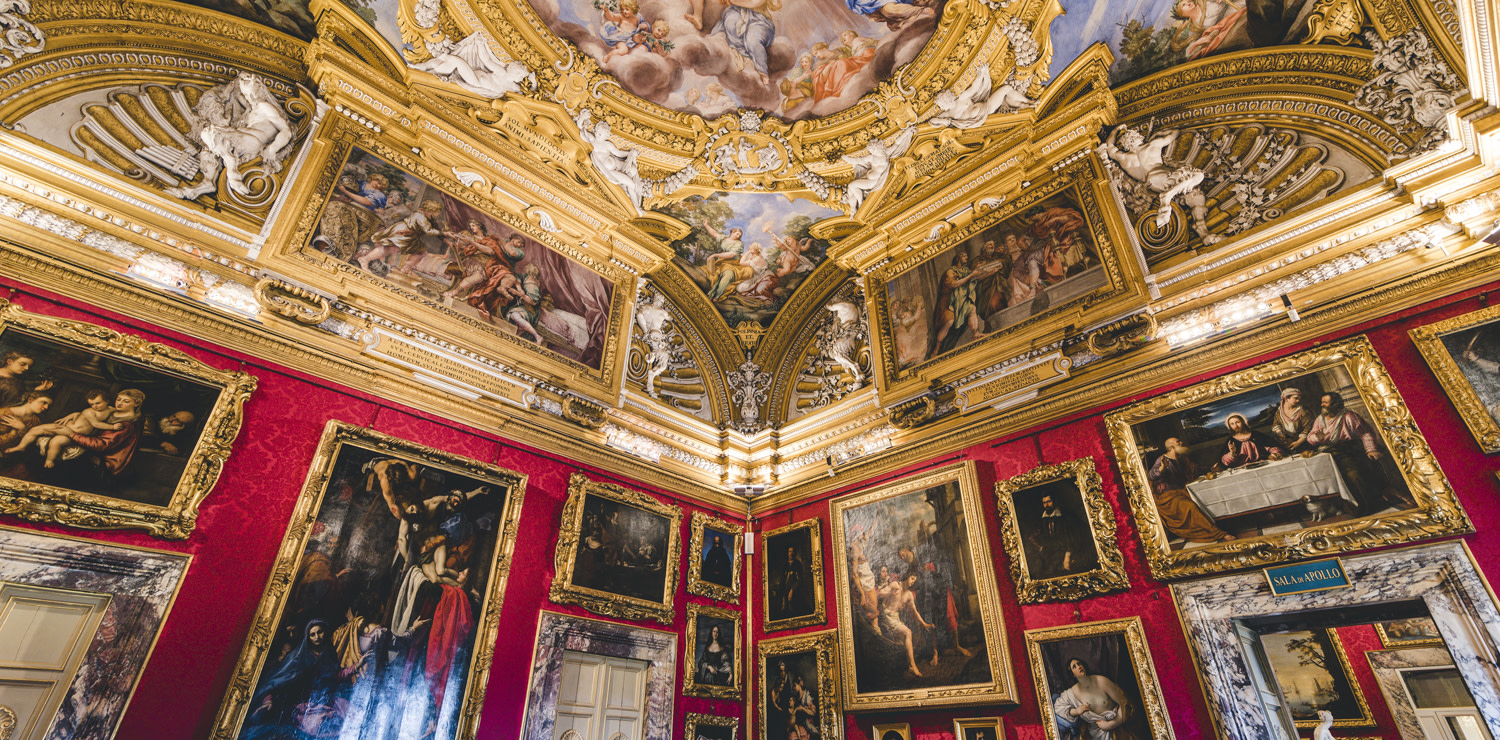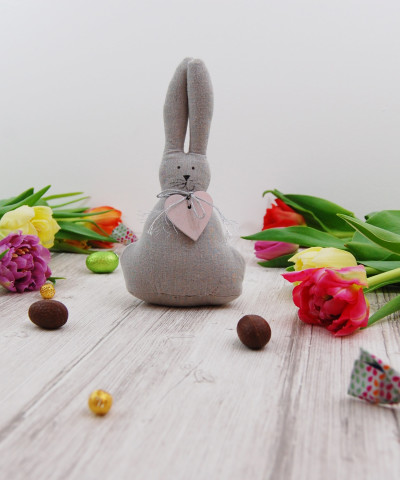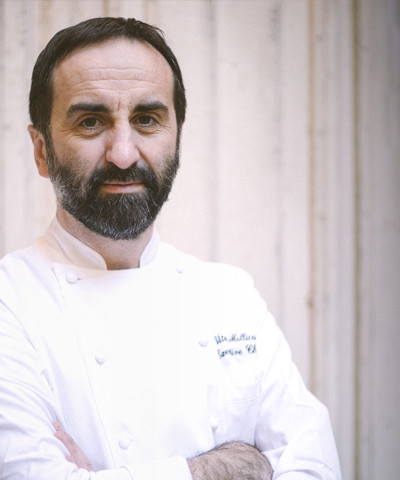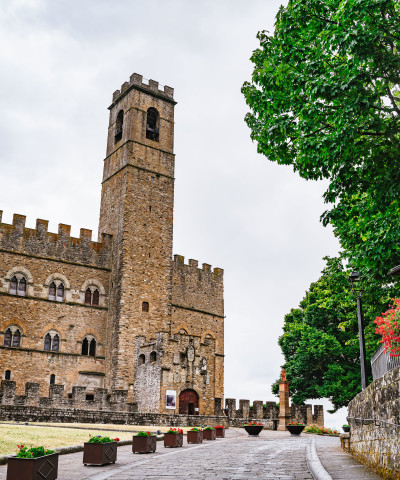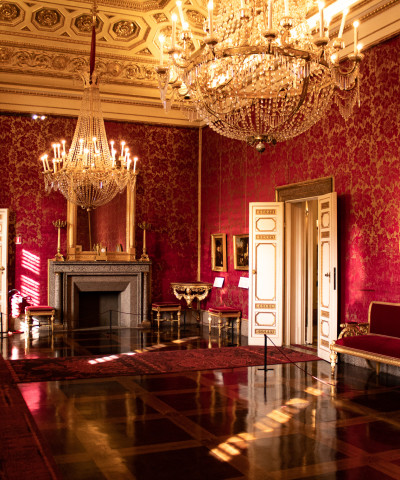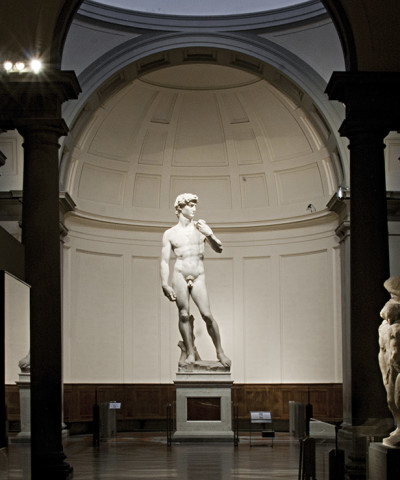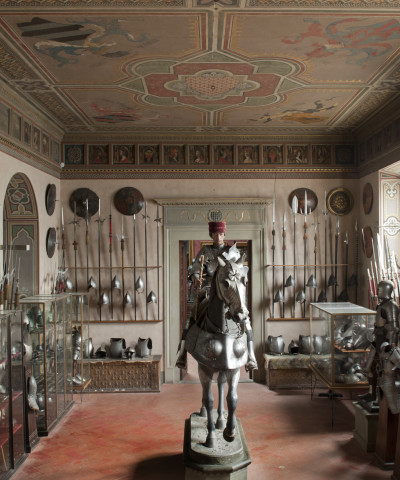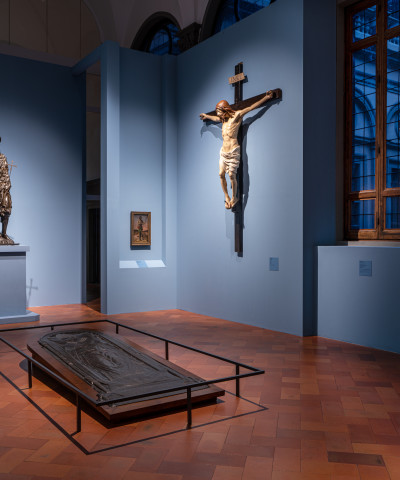The must-see museums in Florence
Our selection of museums to visit in Florence and their best works
Florence should be savored slowly but if you have a few hours to try to capture its soul, here is a mini guide to move nimbly among the most important museums of Florence, for each of which we have selected the unmissable things. The most important museums and their masterpieces. We can leave for a full immersion of beauty. Don't miss our in-depth look at the best exhibitions to see in the city this spring.
The Florentine Gallery loved by the whole world is a place to return to more than once for the great masterpieces that excite without ever leaving. The Gallery occupies the first and second floor of the large building constructed between 1560 and 1580 to a design by Giorgio Vasari. Giotto, Simone Martini, Piero della Francesca, Beato Angelico, Filippo Lippi, Botticelli, Mantegna, Correggio, Leonardo, Raphael, Michelangelo, Caravaggio are just some of the names that will flow before your eyes, until you arrive in front of two beautiful girls representing the same woman: Simonetta Vespucci, La Sans Par (The unparalleled) for the men of her time. Simonetta made Giuliano dei Medici, Lorenzo the Magnificent's younger brother, fall in love with her, as well as Sandro Botticelli himself who painted her as Venus and Spring (rooms 10-14 of the Uffizi dedicated to Botticelli). In this flight of angels inside the Gallery it is difficult not to mention Piero della Francesca's Diptych of the Dukes of Urbino, circa 1465-1472, and the Tondo Doni, visible today in room 41, inside the wing of the Uffizi dedicated to Raphael and Michelangelo.
Palace of three royal dynasties, the Medici, the Hapsburg-Lorraine and the Savoy. Palazzo Pitti still bears the name of its first owner, the Florentine banker Luca Pitti. It currently houses some of the most important museums of the city: the Palatine Gallery with masterpieces by Raphael, Titian, Tintoretto, Caravaggio and Rubens, the Imperial and Royal Apartments on the main floor of the Palace, the Gallery of Modern Art with the works of Macchiaioli, the Treasure of the Grand Dukes, the Museum of Fashion and Costume, the Museum of Porcelain, the Museum of Carriages and the new Museum of Russian Icons. The palace is completed by the Boboli Gardens.
Every era has its idol and when the creation of the Palatina was arranged, the undisputed star of the time was Raphael himself. The layout that we see today reflects the original one and is the most important example in Italy of a baroque picture gallery, where the paintings are displayed with decorative criteria. Not to be missed is Raphael's Madonna della Seggiola, one of the last roundels of the typical Tuscan sixteenth-century school. Absolutely catalyzing, by virtue of a perfect balance of bodies: the Baby Jesus with the soft and childlike forms, the Mother with a look full of Mercy that attracts and conquers.
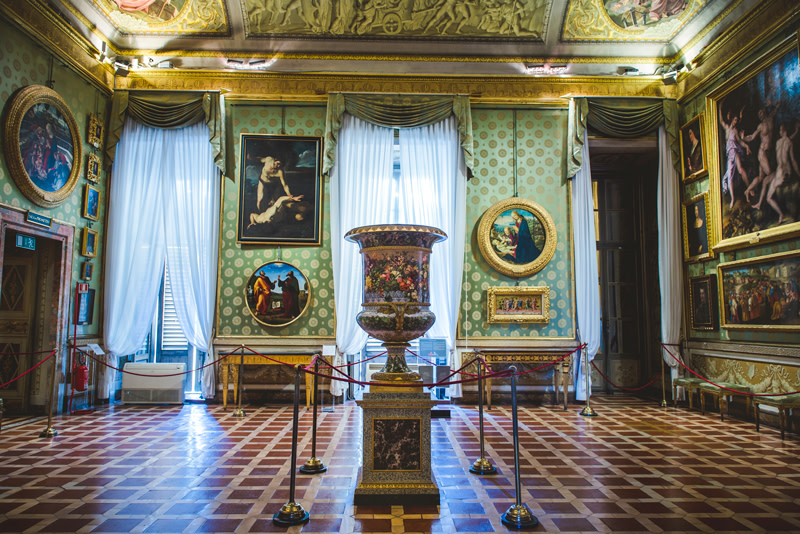 One of the rooms of the Palatine Gallery
One of the rooms of the Palatine GalleryShort circuit of heart and head. On one side the first room of the Museum that occupies the scenic spaces of the nineteenth-century ex-Theater of the Intrepidi and presents, on one of the long walls, a 36-meter-long re-creation of the fourteenth-century first façade of the Duomo, designed and sculpted by Arnolfo di Cambio and faithfully represented in the period before its dismantling in 1586-87. Also on the second floor you will see Donatello's penitent Mary Magdalene in front of Michelangelo's inspired penultimate sculpture, the Pietà Rondanini.
 Museo dell'Opera Duomo
Museo dell'Opera DuomoIt is one of our most precious museums, so dense with masterpieces that it creates a dizziness. In the Michelangelo room, 3 masterpieces. The Mercury of Giambologna is the celebrity that welcomes us as soon as we enter. For its lightness, it is a real miracle: Mercury balances on the breath of the wind, defying the force of gravity. The Bacchus of a young Michelangelo, acerbic yes but brilliant in the precariousness of his position that tells of his intoxication. And finally, Donatello's David, small in size for a sculpture that is the plastic emblem of the early 1400s, one of the first reliefs in the round since ancient Rome.
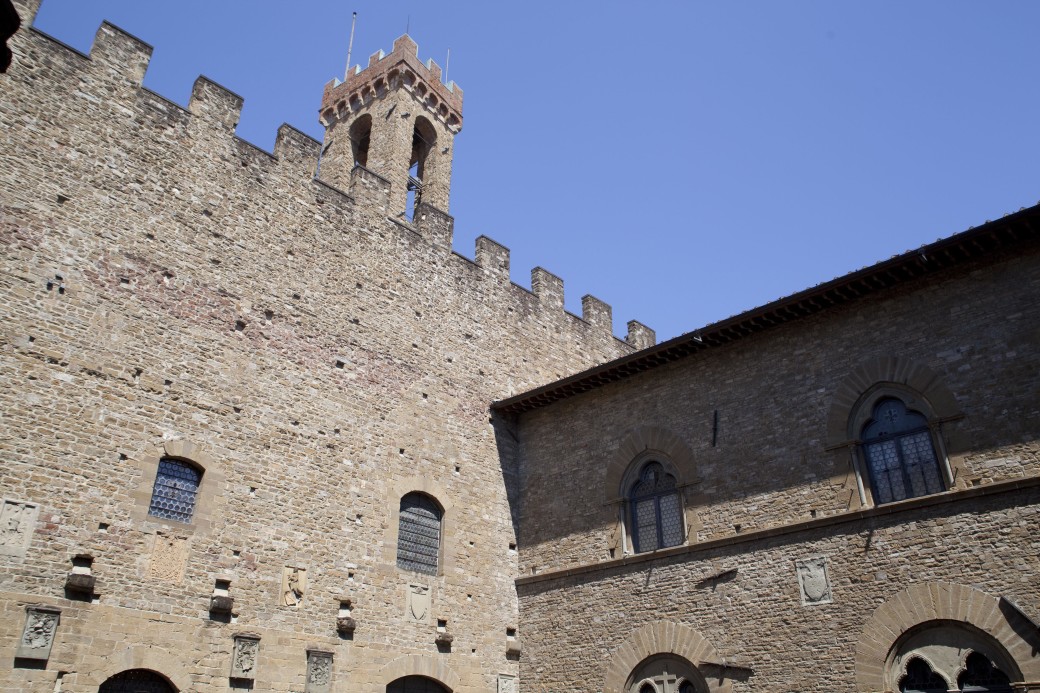 Museo del Bargello
Museo del BargelloWhat if there was not only Michelangelo's David, the fantastic star of this wonderful place? People come from all over the world to see him, today as in 1873, the year in which he was transported after 350 years in Piazza della Signoria and you run the risk of not looking with due attention to Pontormo, the Allori, the beautiful gold backgrounds of Lorenzo Monaco ... If the rooms dedicated to the Gipsoteca of Bartolini are a scenic backdrop of exceptional beauty, the Gallery of Prisons is dizzying: linger on the 4 unfinished and intense statues of Michelangelo. Recently have been reopened also the halls of '200 and '300 and the Hall of Colossus, while soon will reopen also the one of Gypsums.
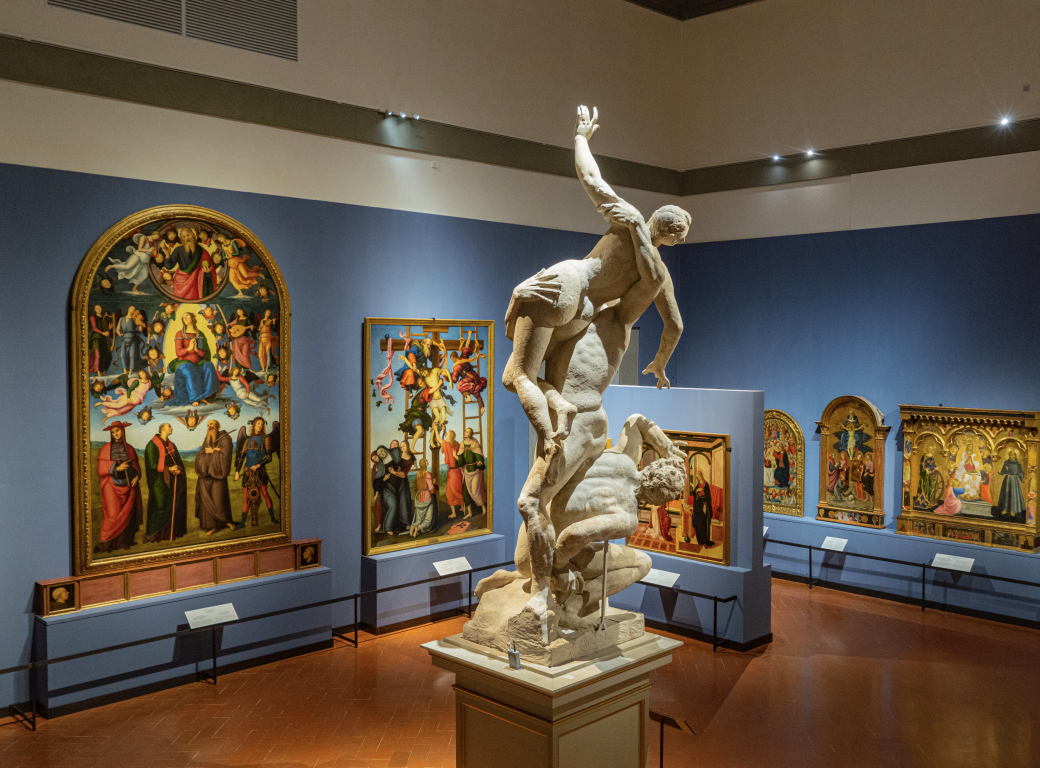 sala colosso
sala colossoSTROZZI PALACE
Masterpiece of Renaissance architecture and dynamic cultural center of international level, which organizes every year exhibitions ranging from ancient to modern and contemporary art. After the great success of Jeff Koons, March 19 begins the retrospective dedicated to Donatello, which will bring together for the first time his most important masterpieces in a major project carried out together with the Bargello Museums.
 Facciata Palazzo Strozzi foto Alessandro Moggi
Facciata Palazzo Strozzi foto Alessandro Moggi
NOVECENTO MUSEUM
Dedicated to Italian art of the 20th and 21st centuries. In addition to a permanent collection, the museum offers exhibitions and exhibition cycles, installations and special projects.
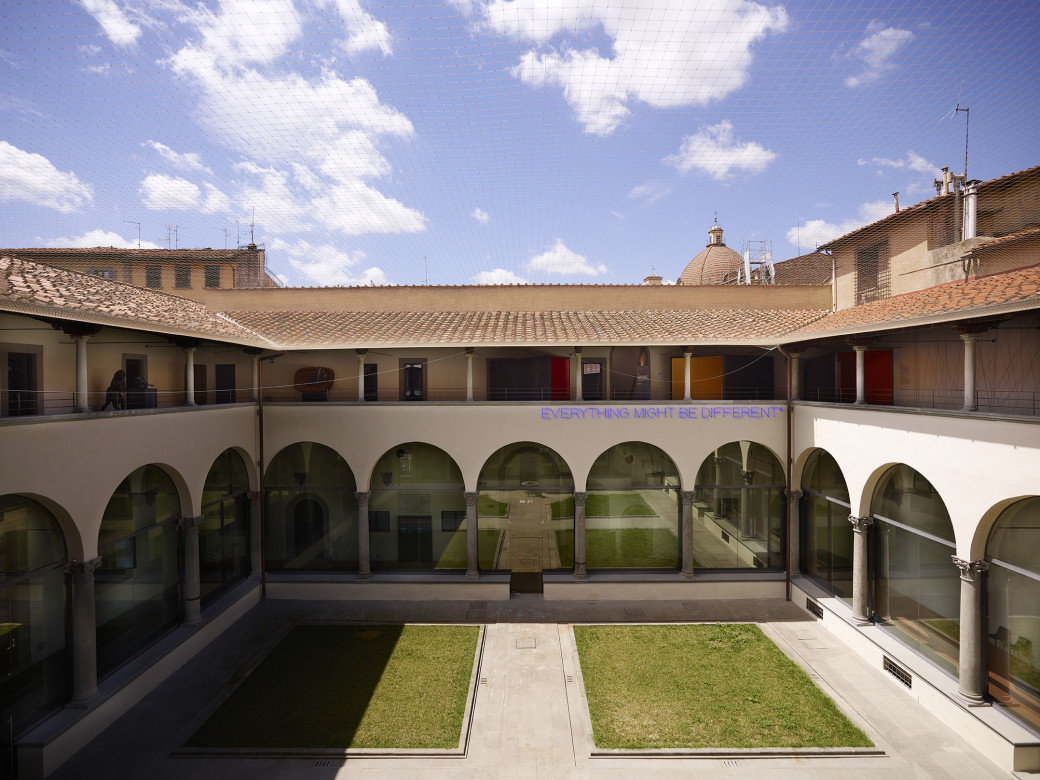 Museo Novecento Firenze (Courtesy Muse)
Museo Novecento Firenze (Courtesy Muse)MUSEUM OF THE MEDICEAN CHAPELS
Wonderful unicum of which are part in addition to the Museum, the Church of San Lorenzo, the Old Sacristy and the Medici Library. Do not miss once here the New Sacristy, built in péndant of the Brunelleschi's one, designed in its architectural and sculptural interior by Michelangelo. An extraordinary discovery of 1975 revolves around a small underground just under the chapel signed by Michelangelo open only by appointment: here it seems that Buonarroti had hidden himself during the days of the failure of the Republic and the return of the Medici to power.
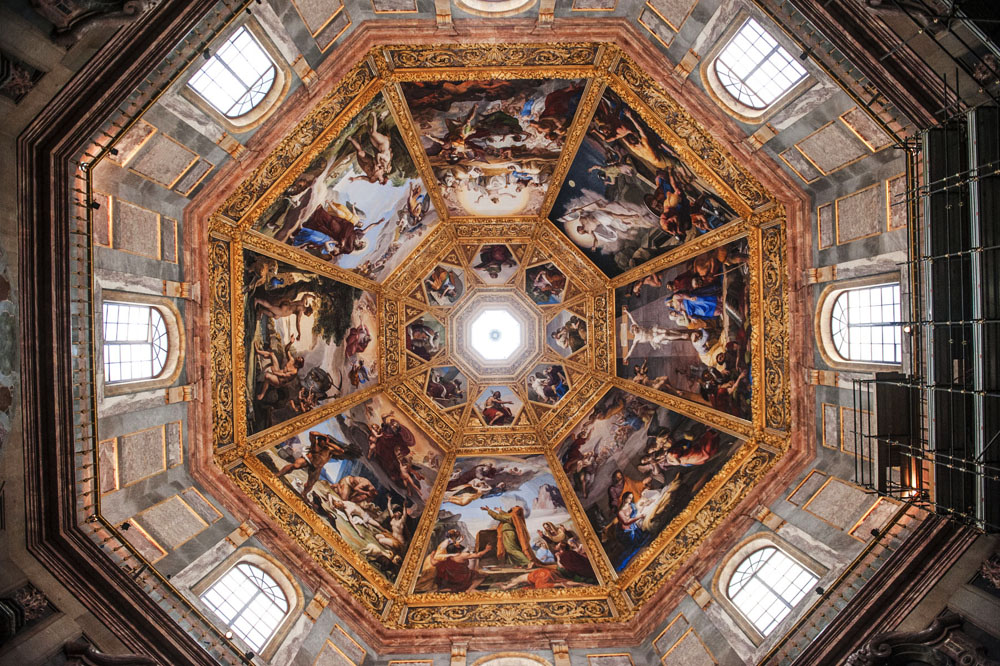 Le Cappelle Medicee
Le Cappelle MediceeWe conclude our itinerary with a little-known and almost never crowded museum. An intimate experience that this winter is enriched with new emotions with the beautiful exhibition of contemporary artist Anj Smith (until May 1st). The rooms of the museum, home to the collection of the Florentine antiquarian and connoisseur Stefano Bardini, are not new to this type of contamination with the contemporary, and the artist's paintings, created with a skill equal to that of a medieval miniaturist or a Flemish-Renaissance still life artist, dialogue perfectly with the museum's extraordinary collection of ancient art.
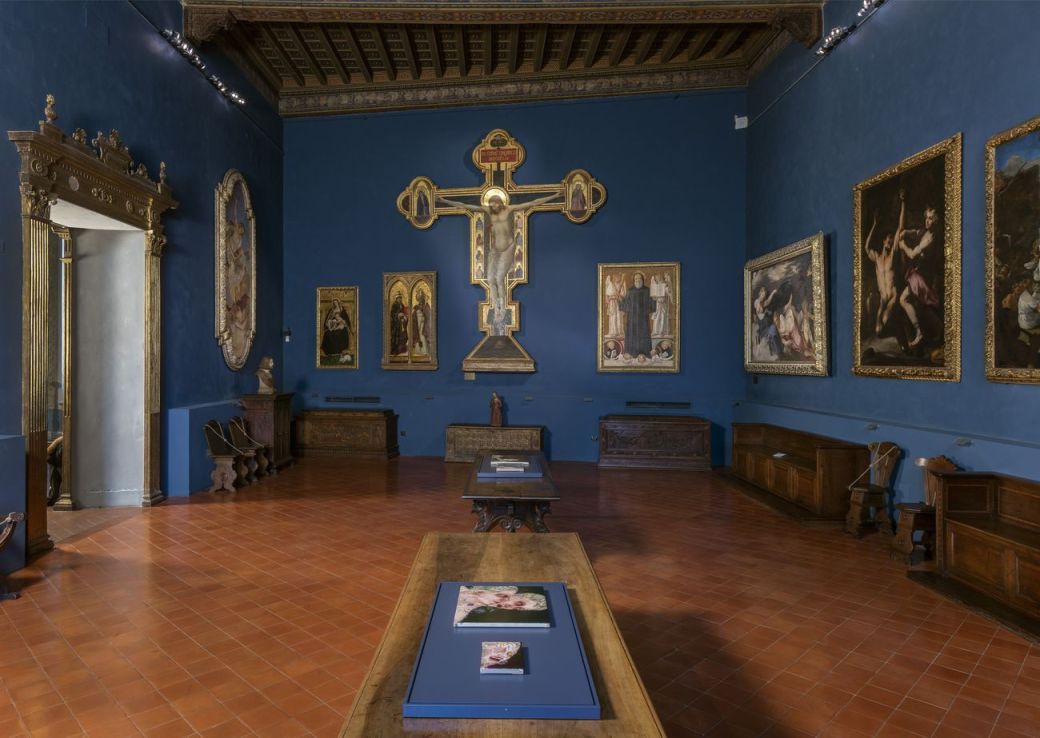 Anj Smith - Museo Bardini
Anj Smith - Museo Bardini





